WASHINGTON — The U.S. federal government has begun a partial shutdown after a high-stakes meeting between President Donald Trump and top Democratic leaders ended without a deal on Monday, September 29. With no agreement to fund the government, agencies began shutting down at 12:01 a.m. Wednesday, October 1, forcing hundreds of thousands of federal employees off the job and disrupting a wide range of public services .
❌ Last-Ditch Meeting Fails

Senate Minority Leader Chuck Schumer, D-N.Y., and House Minority Leader Hakeem Jeffries, D-N.Y., right, talk with reporters following their meeting with President Donald Trump and Republican leaders on the government funding crisis, at the Capitol in Washington, Monday, Sept. 29, 2025. (AP Photo/J. Scott Applewhite)(AP)
11a, which included President Trump, Vice President JD Vance, Senate Republican Leader John Thune, House Speaker Mike Johnson, Senate Democratic Leader Chuck Schumer, and House Democratic Leader Hakeem Jeffries, was a final attempt to break a political stalemate. However, both sides emerged blaming each other for the impasse .
Senate Democratic Leader Chuck Schumer told reporters that “very large differences” remained between the parties, primarily over health care funding . Vice President JD Vance accused Democrats of holding the government hostage, stating, “You don’t put a gun to the American people’s head… I think we’re headed to a shutdown because the Democrats won’t do the right thing” .
🏛️ What Led to the Shutdown
A government shutdown occurs when Congress fails to pass, and the President fails to sign, the twelve annual bills that fund federal agency operations. To avoid a lapse, Congress can pass a temporary funding measure called a Continuing Resolution (CR). This year, neither a full budget nor a temporary CR was approved in time .
· The Republican Position: Republicans, who control both the House and Senate, passed a stopgap bill in the House to extend government funding at current levels through November 21. They argued this was a “clean” extension to buy more time for negotiations and insisted that Democratic policy demands should be debated separately .
· The Democratic Position: Democrats, whose votes are needed to pass a funding bill in the Senate, refused to support the Republican plan. They demanded that any funding deal include a reversal of recent Medicaid cuts and a permanent extension of enhanced Affordable Care Act (ACA) subsidies, which are set to expire at the end of the year. They warned that without these subsidies, millions of Americans could see their health insurance premiums soar .
🏥 Health Care at the Heart of the Dispute
The central conflict preventing a deal revolves around health care policy and funding .
· ACA Subsidies: Enhanced tax credits that help low- and middle-income families afford health insurance under the Affordable Care Act (Obamacare) are expiring. Democrats want to make them permanent, a move the Congressional Budget Office estimates would cost roughly $350 billion over a decade but expand coverage to millions .
· Medicaid Cuts: Democrats are also seeking to reverse about $1 trillion in cuts to Medicaid that were enacted by Republicans in a previous bill this year .
Republicans labeled these demands as unreasonable for a short-term funding bill. Senate Republican Leader John Thune called it “hostage-taking,” while Democrats argued they are fighting to protect Americans’ health care .
🚧 How the Shutdown Affects You
A government shutdown has immediate and wide-ranging consequences for both federal workers and the public. The following table summarizes the expected impacts based on agency contingency plans :
Service Category Status During Shutdown
Social Security & Medicare ✅ Benefit payments continue, but new card requests and verification services may be delayed .
Military Personnel ✅ Continue duties, but will not be paid during the shutdown .
Veterans Health Care ✅ Most services continue .
U.S. Mail Delivery ✅ Continues normally .
Air Travel ✅ TSA officers and air traffic controllers work without pay; travelers should expect potential delays .
Passports & Visas ✅ Processing continues as these are fee-funded services .
National Parks ⚠️ Some may open with limited services, but restrooms, trash pickup, and emergency rescue may be unavailable .
SNAP (Food Stamps) ✅ Benefits continue initially, but may be affected in a prolonged shutdown .
WIC Program ❌ Funding is expected to run out quickly, jeopardizing food assistance for women, infants, and children .
Federal Loans ❌ The Federal Housing Administration (FHA) will stop approving new housing loans, and the Small Business Administration (SBA) will not process new business loans .
Federal Workers ❌ Hundreds of thousands of “non-essential” employees are furloughed without pay. Unlike past shutdowns, the Trump administration has threatened permanent layoffs .
🗳️ A High-Stakes Political Blame Game
This shutdown represents a major test of political will in a deeply divided Washington. For Democrats, the fight is a stand against what they see as an administration aggressively imposing its power . Having faced criticism from their base for caving in a previous funding battle in March, they are under pressure to show resolve .
For President Trump and Republicans, the strategy appears to be one of forcing Democrats to vote against a straightforward funding bill, thereby bearing the blame for the resulting chaos . However, as the party in control of the White House, Congress, and the Senate, history suggests Republicans may also face significant public backlash .
🔮 What Happens Next
The path to reopening the government remains unclear. The Senate is expected to hold another vote on the Republican stopgap bill, but it is almost certain to fail without Democratic support . The House is not scheduled to be in session, putting the onus on the Senate to find a solution .
Ultimately, negotiations must resume. As Senator Schumer stated, the power to end the shutdown now rests with President Trump: “Ultimately, he’s the decision maker… And if he will accept some of the things we asked… he can avoid a shutdown” .
This is the first government shutdown since 2018-2019, which lasted 35 days and was the longest in American history. How long this shutdown will last depends on how quickly political leaders can bridge their deep ideological differences .
This is a developing story and will be updated as events unfold.
Discover more from AMERICA NEWS WORLD
Subscribe to get the latest posts sent to your email.
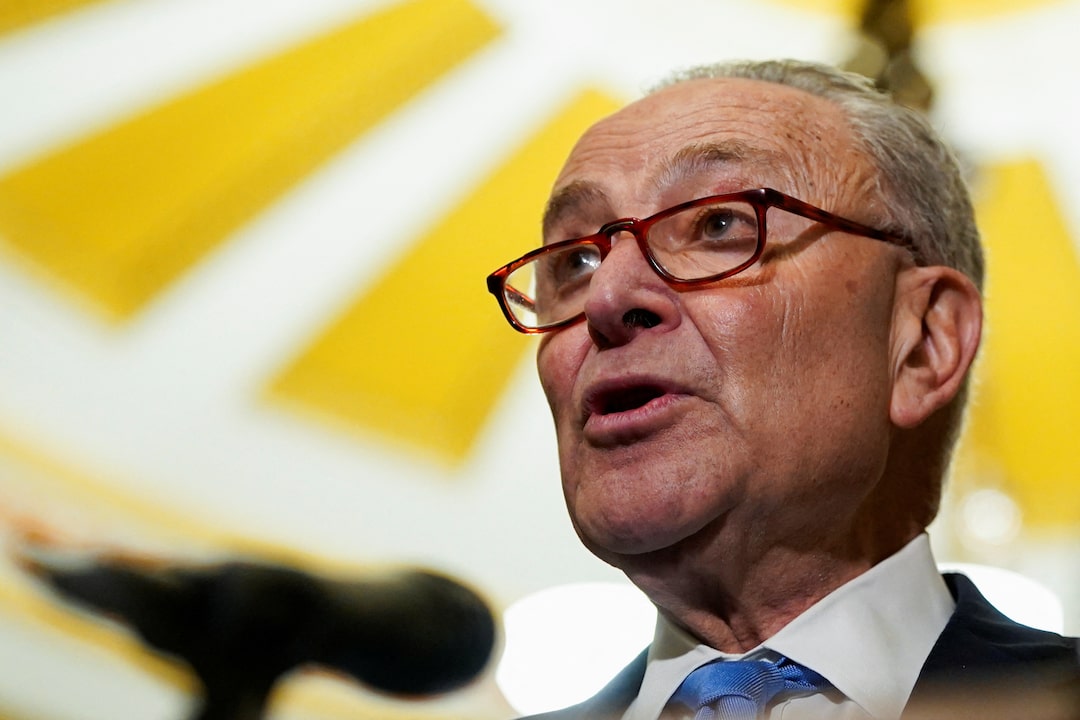



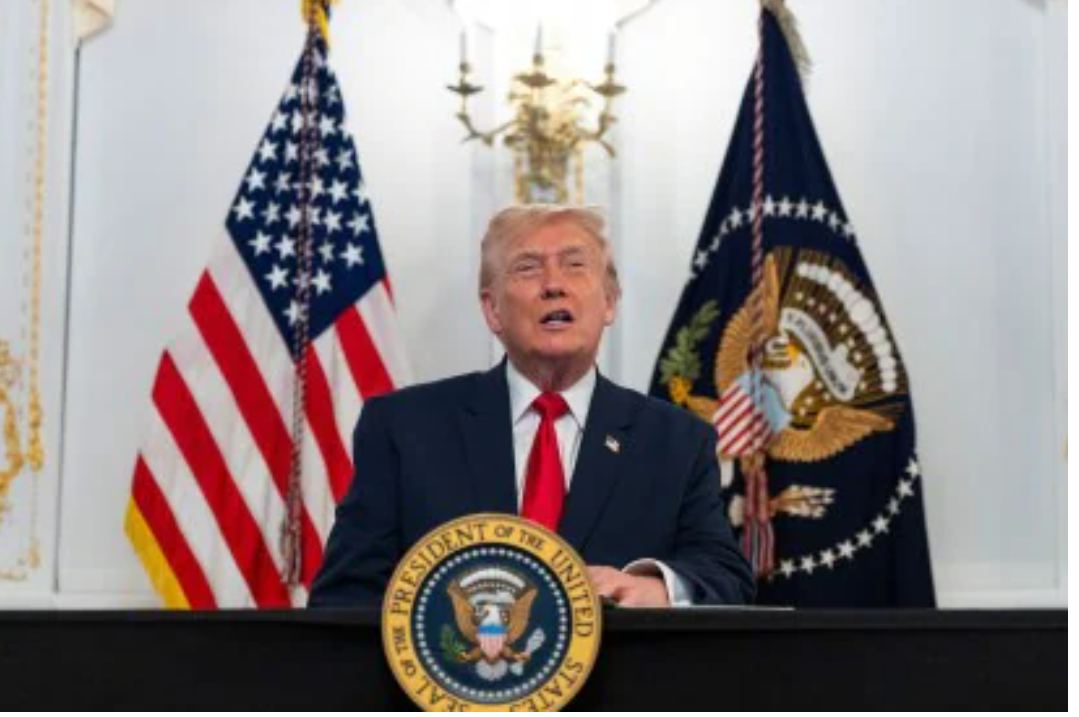








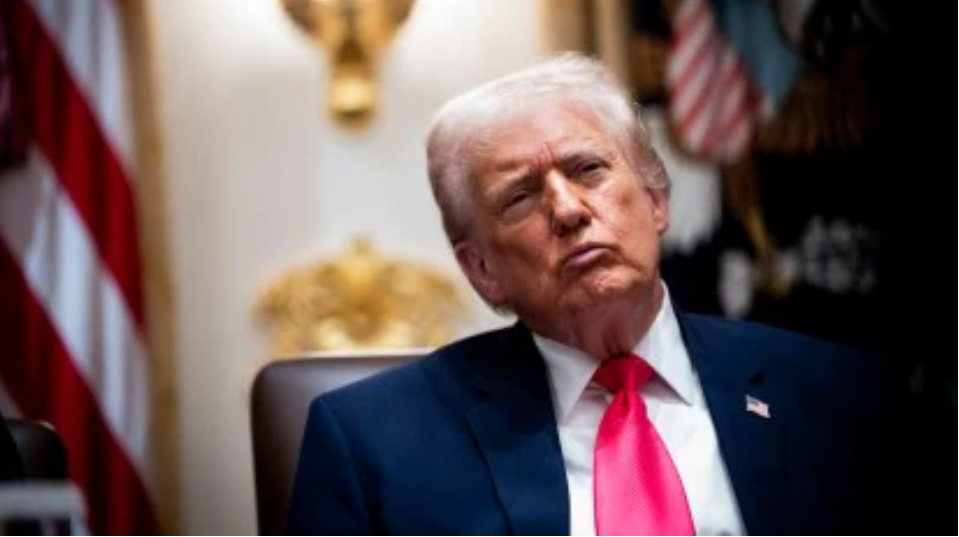
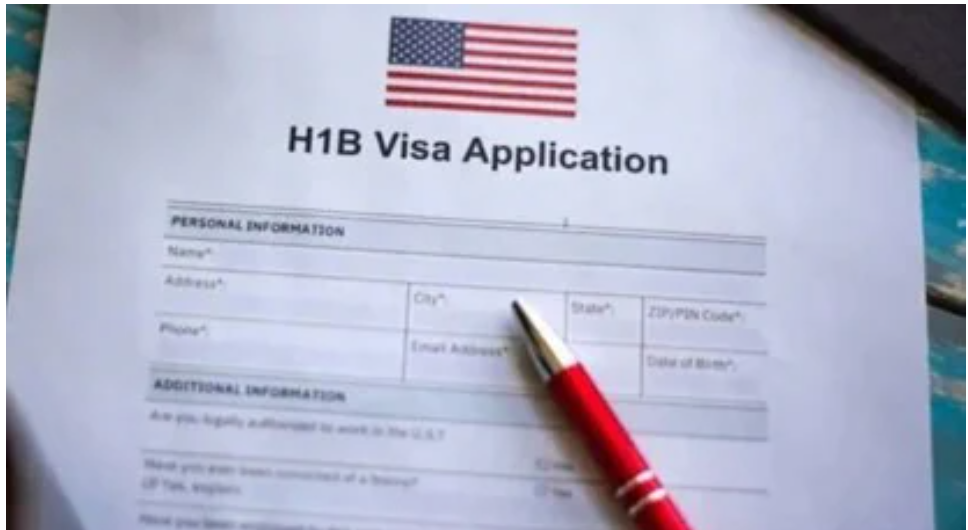
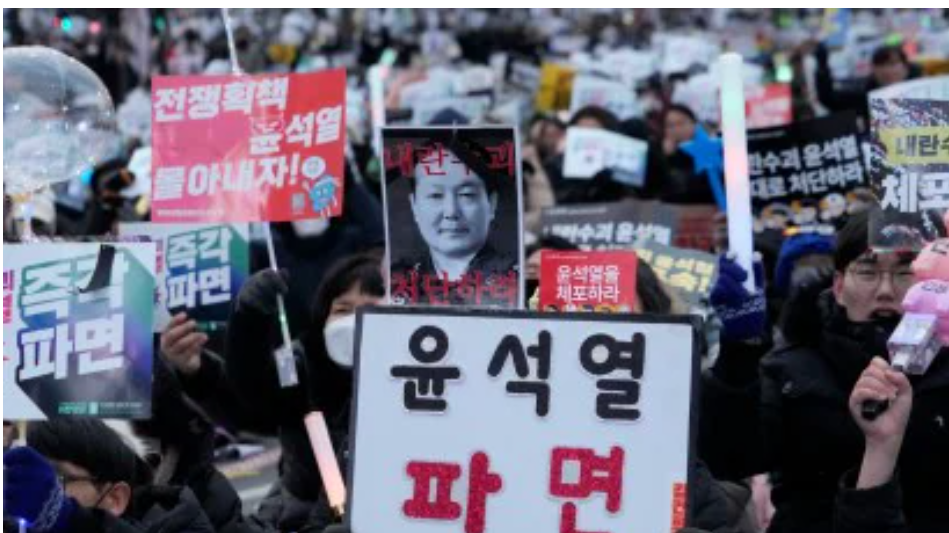

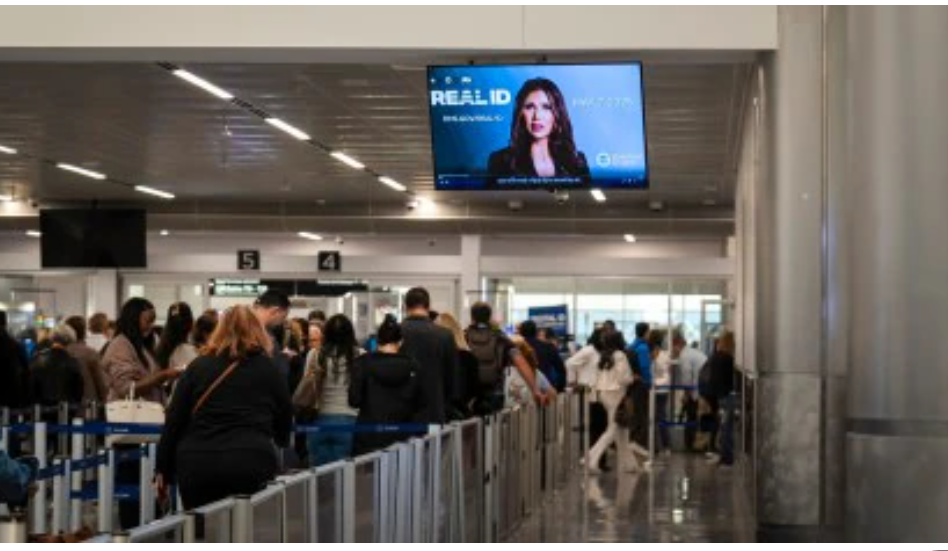
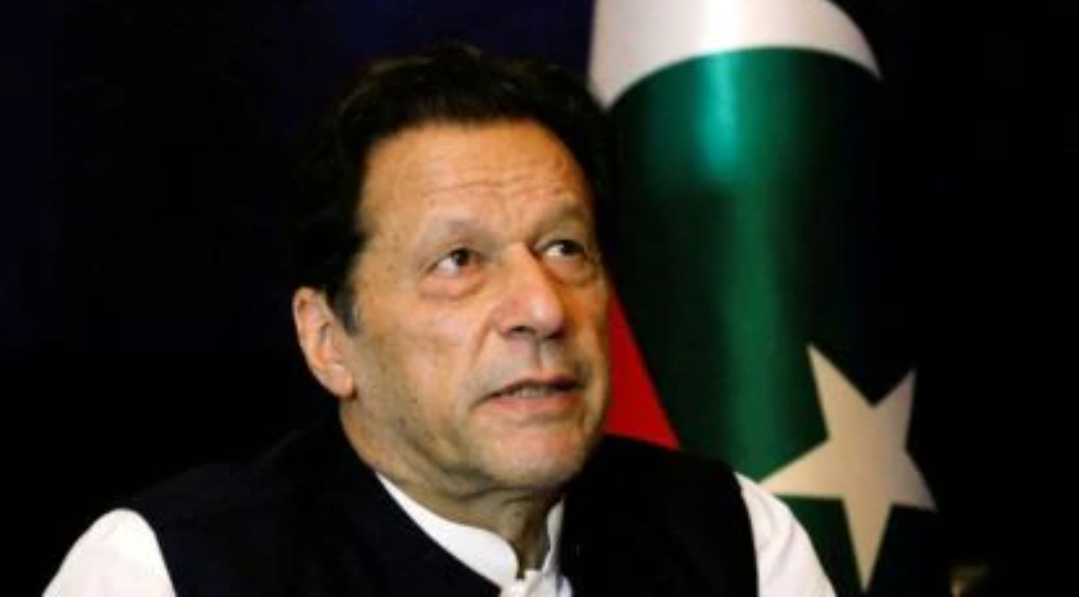




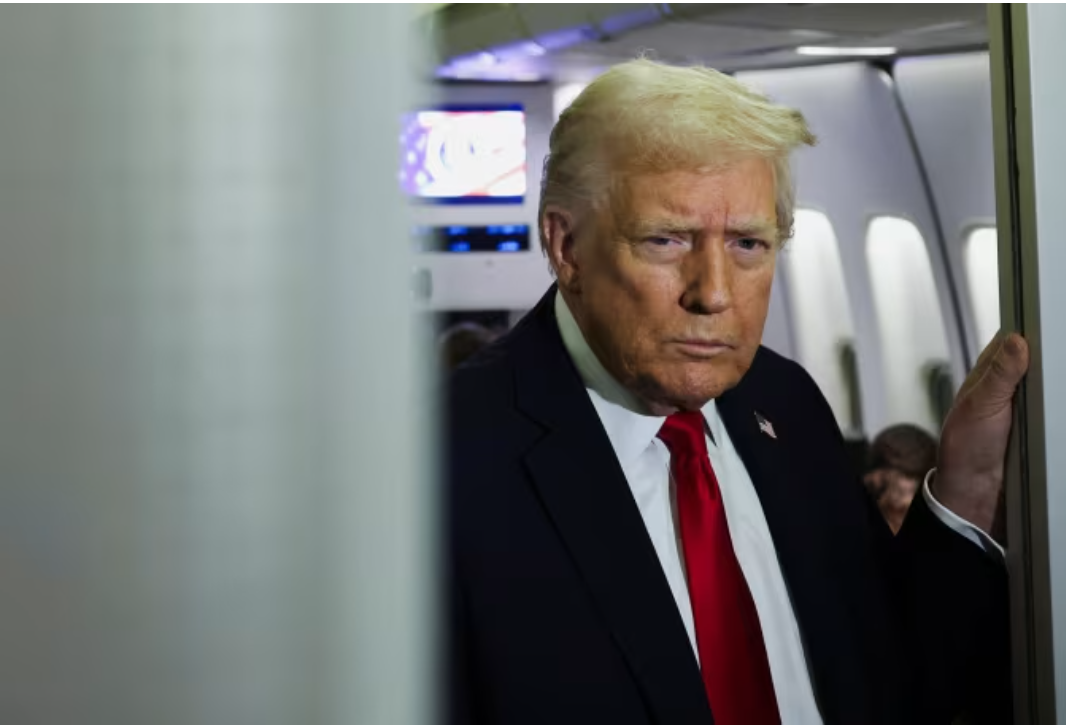








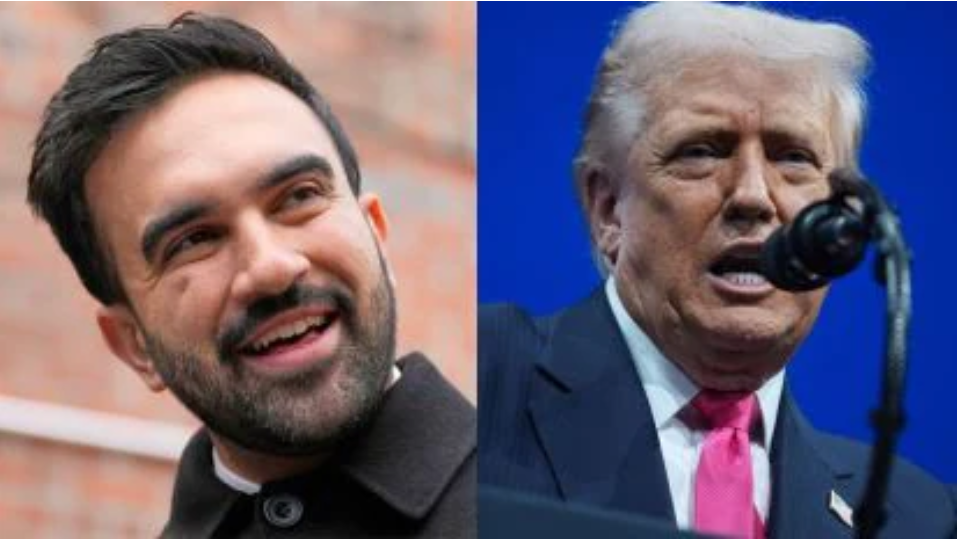







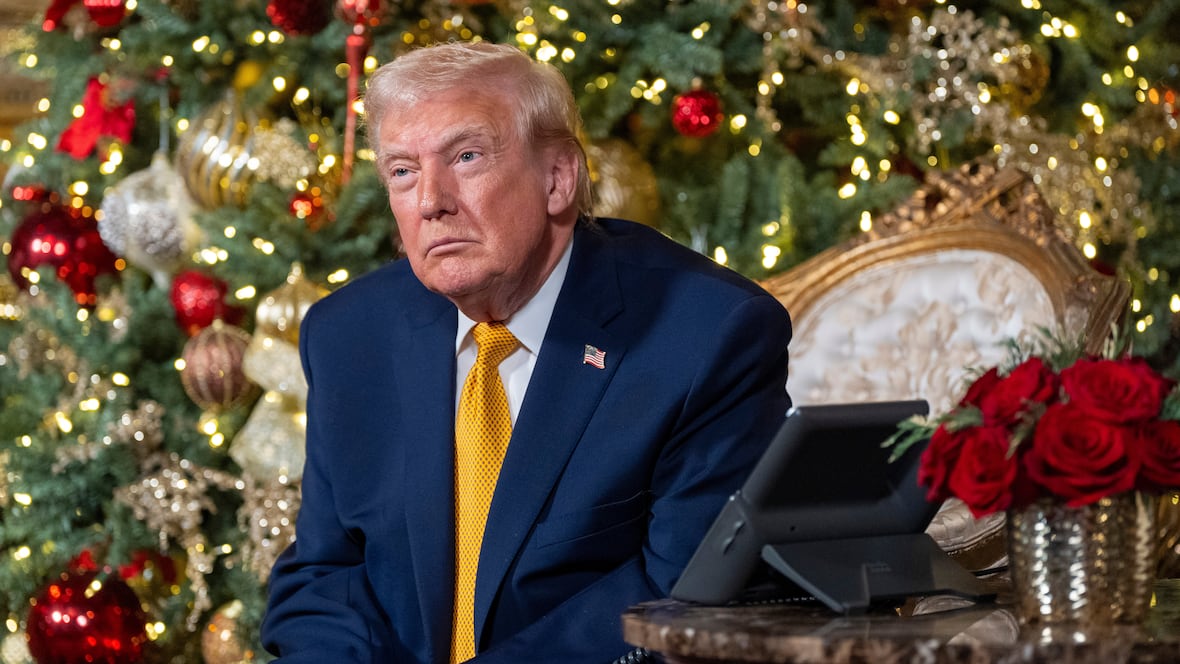

Leave a Reply